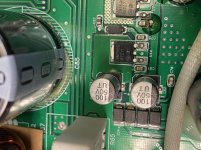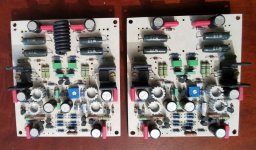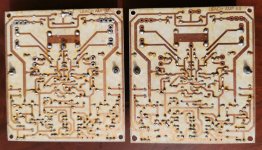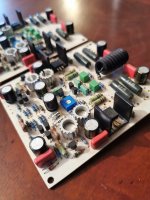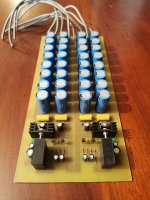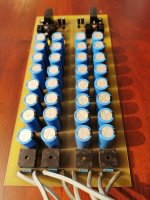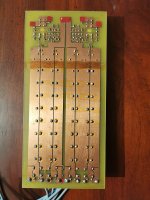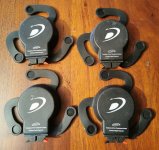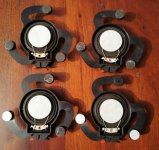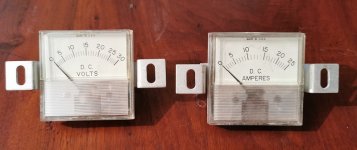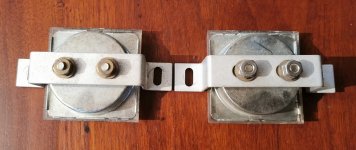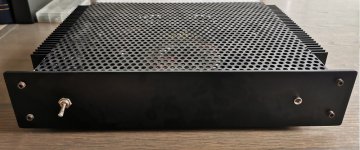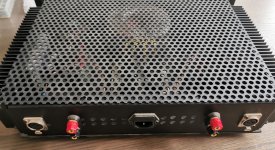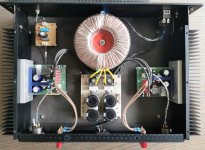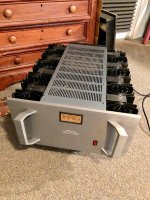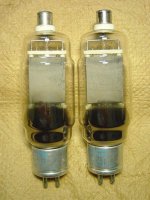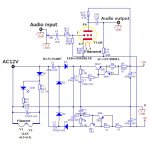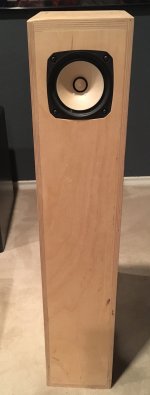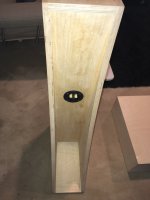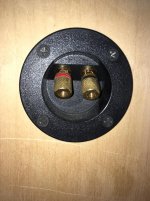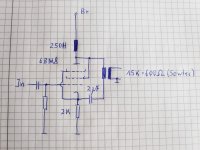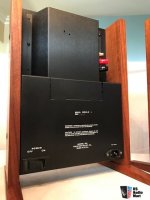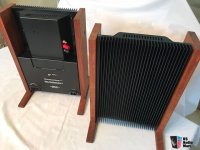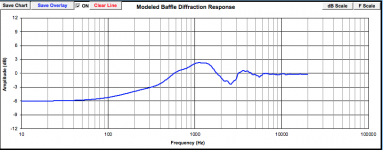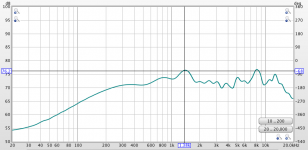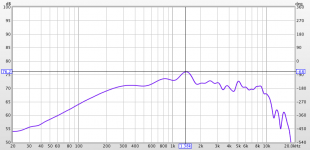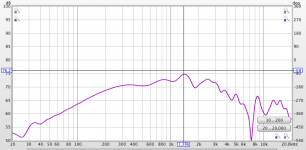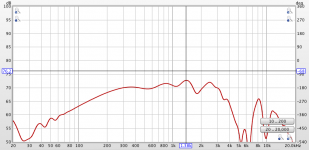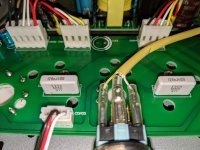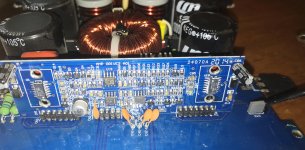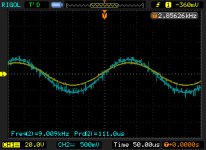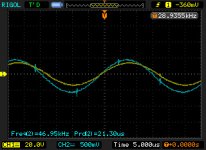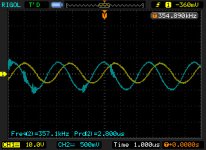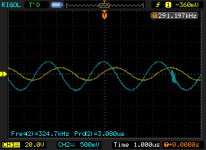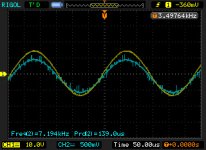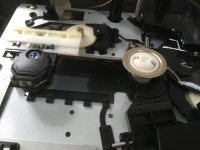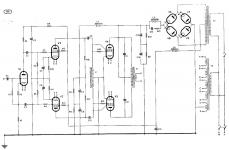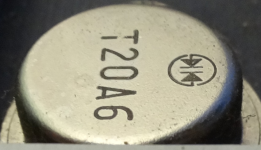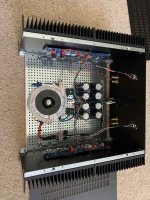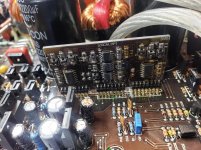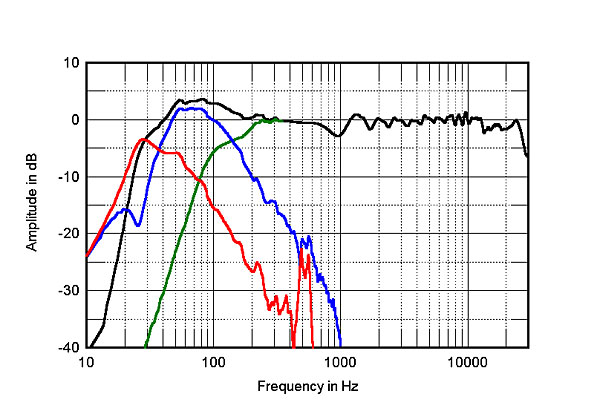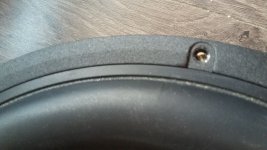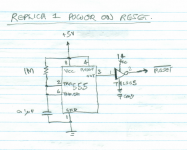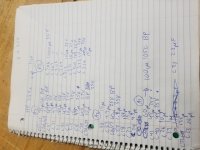Hello everyone,
so i started this project during lockdown... Already changed the components layout two/three times, there's an issue I can't solve.
Line preamp works, minor (mains) hum at full power (or gain, or volume).
As a power amp I use my marantz 2235b at "main in" input.
Before delving in pictures and stage analysis, long story short: I've got a 50 Hz hum on both channels, controllable with the volume pot, only when the phono stage is on and working. Line preamp won't hum.
I think there's some ground loop issue, or at least some error in the grounding scheme.
As i power off the system, the hum stops.
Disconnecting the signal cable from first tube grid makes the hum disappear.
Hypothesis there is that the shielded cable (shield soldered at one side only) is captating mains EMI, but moving the cable doesn't bring anything.
Now let me dwell upon my worries, and let's have a look.
PSU + Phono schematic

PT is 390-0-390 100mA, 3x 6,3V 5A custom made.
PSU is stabilised and regulated DC only for heaters (LM317), anodic has 6x5gt tube + RLC network rectification. Ls are 50mH.
Here there are 2 upper tubes (Vk ~147V +6,3V) and 2 lower tubes (13V+6,3V), in the lower all i can get from the PSU is +3V regulation. Possible hum source.
Line schematic

Totem pole, yet it works (and sounds) pretty well. 280V anodic.
Costruction.
PLEASE if you note something wrong, give me some hints. I know it is not in order and messy, yes I do know.
1mm steel plate (brown varnished) under, wooden frame, top will be covered with 4mm aluminium plate, with valves in the open air and power transformer on it.
Back and front (RCA inputs and command buttons) on 4 mm aluminium. Both these plates have been grounded (i could receive radio stations with no grounding of them)
Since it is a variable eq (for LPs with deemphasis other than RIAA), i put different RC value for the first and second passive RIAA stage, those are activated by rotary switches in the front panel:


The power transformer is for the moment outside, secondary common goes to first caps' negative:

and here a picture of the PSU board:

This is the boards layout:
there are three panels, two in plexiglass for rectifier and pre line, one in metal sheet (at the beginning was plexiglass as well, but wanted to try my luck against hum) for the phono part:

Input selector switch.

And now to the boards:
Line preamp , a normal totem pole. Volume pot common is grounded on this ground bus.

Phono preamp itself.
A first amplifying stage of a 6dj8, two 6sn7gt cascoded, and the last stage a cathode follower with a BJT current sink polarized with a red led. This latter stage has only the purpose to lower the output impedance.
At the moment, signal comes steady from MM RCA input sockets, for testing MC board has been left there not plugged to its switch.

Input/output connectors:
All RCA connectors are isolated with a washer.
Tube ground is isolated from aluminium plate and goes to chassis.
MC in goes directly to MC board, ground shared with MM in connector sleeve, then chassis. However MC is now unplugged.
MM in goes directly to tube grids, cable shielding is soldered to the lower connector sleeve (yes, on one side only - wrong?), grounded to chassis
Phono OUT - comes from output caps in the phono board. Shielding to the lower rca connector. This is left ungrounded, since i connect this phono out with one of the six line in connectors and wanted to avoid a ground loop.
Line ins, shield soldered to one side only, both channels sleeves are grounded to chassis.
Line out, shield soldered to one side only, both channels sleeves are grounded to chassis.
Question: should I've soldered the signal cable shielding to both channels? I don't think so.
Question #2: I prefer to make different paths to ground for input and output rca sleeves, as well as for phono and line connectors. Is this right, or unnecessary?

Outer world connections:

And now, the dire straits (but not their music, actually
😀 )
Phono on and connected, shorted inputs or turntable connected (with its phono ground): 50 Hz hum steady, rises and falls with rising and falling volume. It is visible on the scope. It is equal on both channels.
Phono on and connected, input cable detached from V1 grid: no hum.
Power transformer and inductors are quite away from the shielded (and grounded only at one end) input cables.
Yes, tried with metal tube cover grounded, anything happens.
Phono off, only line preamp: no hum and sound pretty good.
Grounding scheme:
line and phono boards are attached through a cable to the PSU ground bus clean end. The dirty end is coupled to chassis with an RC 100 Ohm/3W 10 nF/600V. Chassis is earthed to the IEC's third prong.
At the IEC, i measure 50mV between earth and neutral, 235V (european) between earth and live.
At the moment, but I'm aware it's wrong, connectors ground goes directly to chassis (and no, didn't want to try Sakuma's
😀), yesterday hadn'the time to plug them to the clean end.
Phono ground, metal front and back panels go to chassis, so does the 20v DC common for the led in the front, so do the two MM/MC and phono/line DPDT selector switch metallic cases (I grounded each tiny piece of metal there is, this thing is so sensitive to anything)
Now, my next thing will be to succeed to get LO ref up to 13V instead of the actual 3V, but however this is DC so it shouldn't hum.
So please, now it's up to you. After 2 months spare time trying to solve this hum, I'm well exhausted, I have no ideas left (apart of course the RCA grounds to the bus), and I had a couples of dreams (or nightmares
😕) at night.
Go with your suggestion, ideas, critics, praises, compliments, disapproval, but pleeeeeeeaaase some input (possibly shielded and grounded
😀😀😀)
PS. I know it's messy
